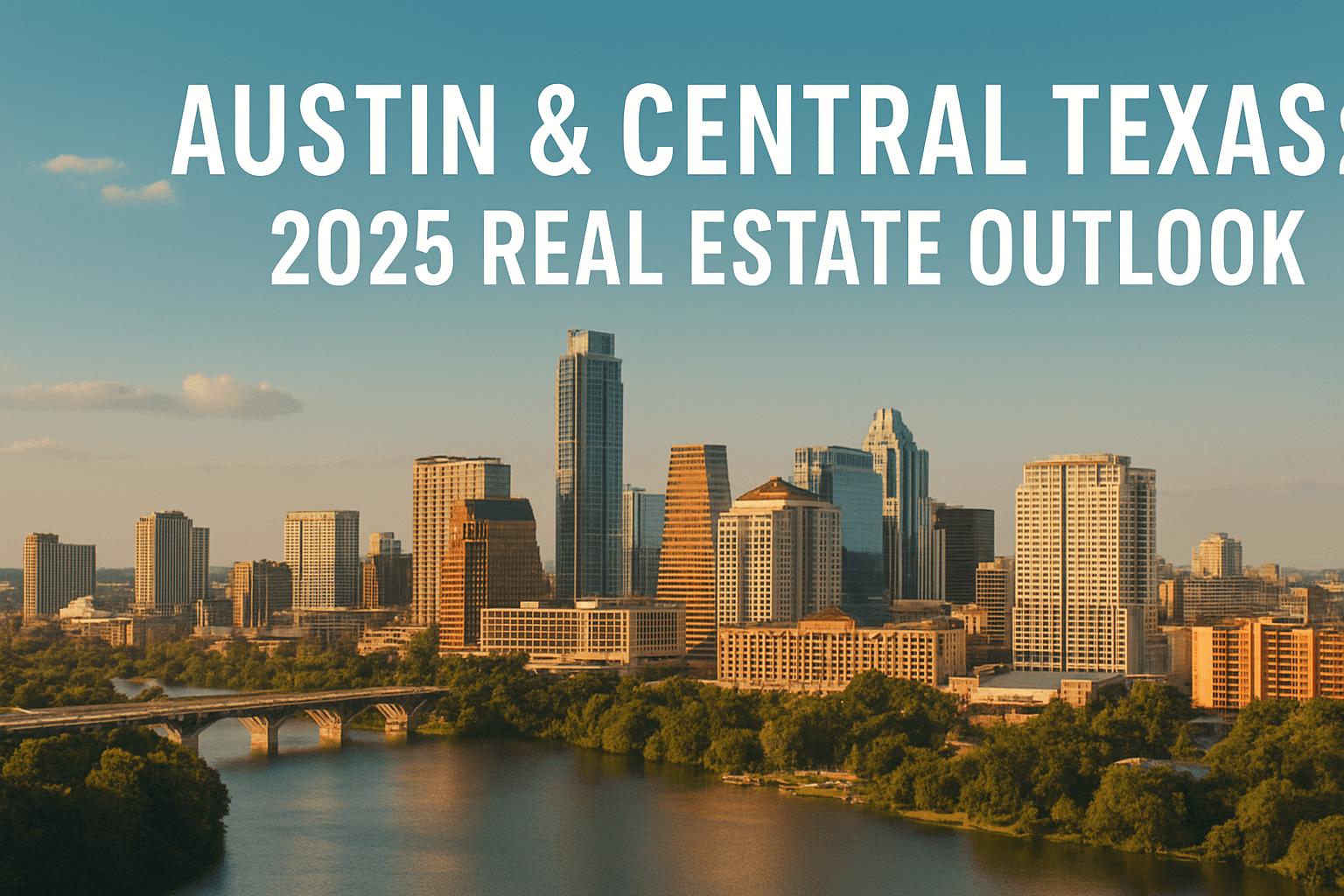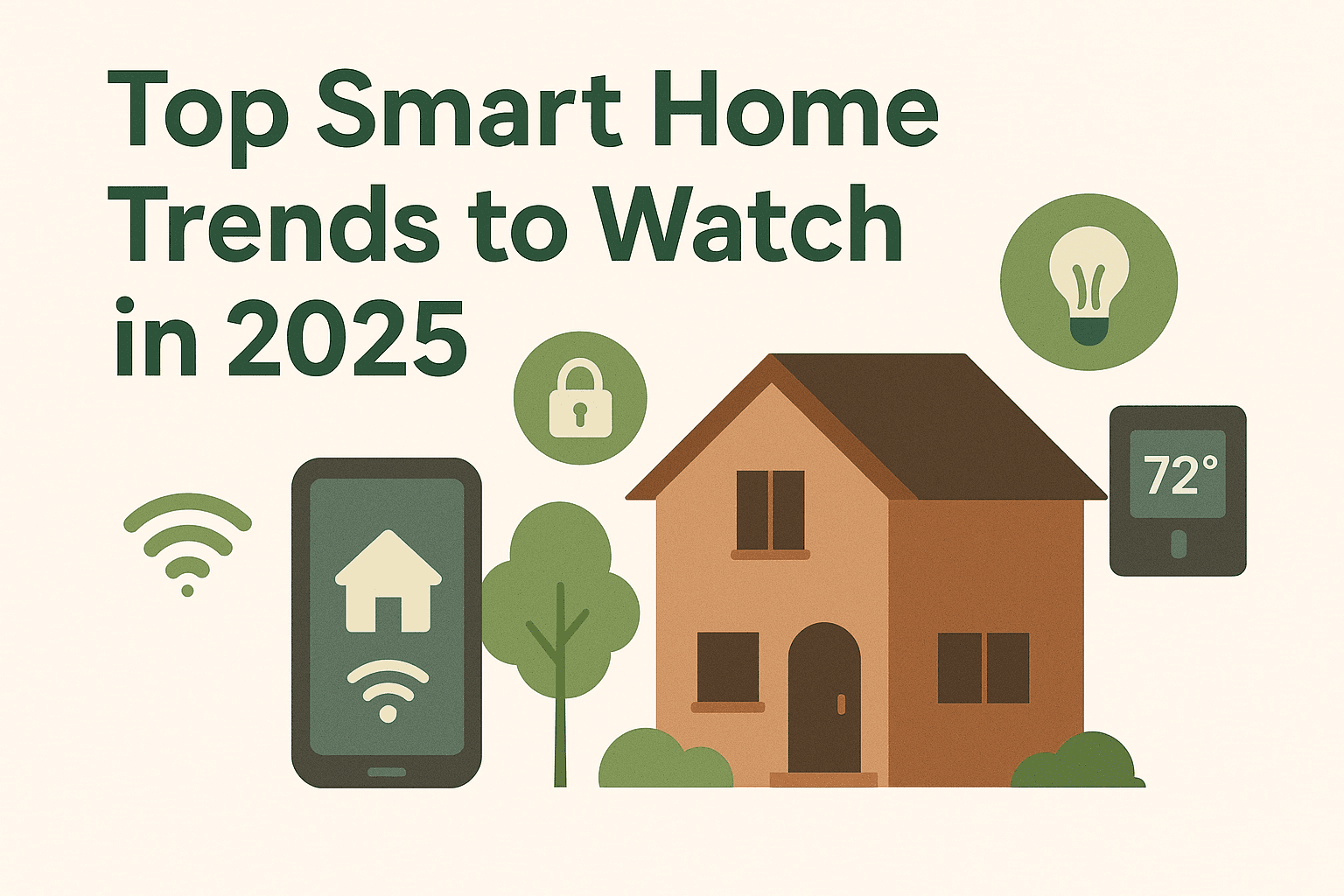Austin & Central Texas: 2025 Real Estate Outlook

Austin remains one of the United States’ fastest-growing metros, fueled by semiconductor fabs, EV manufacturing, and a thriving startup ecosystem. In 2025, buyers weigh rapid population growth against rising construction and insurance costs. Here’s a deep dive into the submarkets and asset classes outperforming in Central Texas.
1. Residential Migration Patterns North Austin and Pflugerville attract Tesla and Samsung employees seeking new-build communities with strong school districts. Hutto and Georgetown offer larger lots with attainable pricing.
- Urban core: East Austin maintains its creative energy; mixed-use developments along the Project Connect rail corridor attract renters prioritizing walkability. - Suburban luxury: Dripping Springs and Lakeway see demand for hill country estates with short commutes via SH-71 and Loop 360.
2. Office and Innovation Hubs The Domain and North Burnet corridor host major tech leases, while downtown Class A towers offer generous concessions to maintain occupancy. Expect continued conversion of older stock to flexible office or residential use.
3. Industrial Expansion Kyle, Buda, and San Marcos benefit from I-35 logistics and same-day delivery demand. Cold storage and advanced manufacturing facilities garner long leases with creditworthy tenants.
4. Infrastructure and Policy Signals - Project Connect’s light-rail timeline influences land banking along future stations. - Austin’s HOME Initiative allows additional dwelling units on single-family lots—watch neighborhood design standards. - Property tax caps (3.5% for most jurisdictions) partially shield investors but necessitate conservative underwriting.
5. Risk Management - Insure for hail and flood exposure; review FEMA maps and local drainage improvements. - Budget for rising utility connection fees and impact fees in fast-growing suburbs. - Track supply pipelines—permit data helps anticipate rent competition.
FAQs - Is the boom slowing? Job growth remains above national averages, but rent growth normalized; focus on differentiated amenities. - Should I buy build-to-rent communities? Demand is strong; ensure management capacity and HOA compliance.
Conclusion Austin’s appeal endures for investors combining data-driven site selection with resilient design. Target transit-adjacent, high-employment corridors and plan for rapid demographic shifts across Central Texas.
Related Topics (Ads):
Advertisements - Sponsored content related to this topic
Related Topics
Austin Real EstateCentral TexasTech CorridorProperty InvestmentMarket Outlook


